What Is Black Heart Disease: Rotting Black Seeds In Pomegranate Fruit
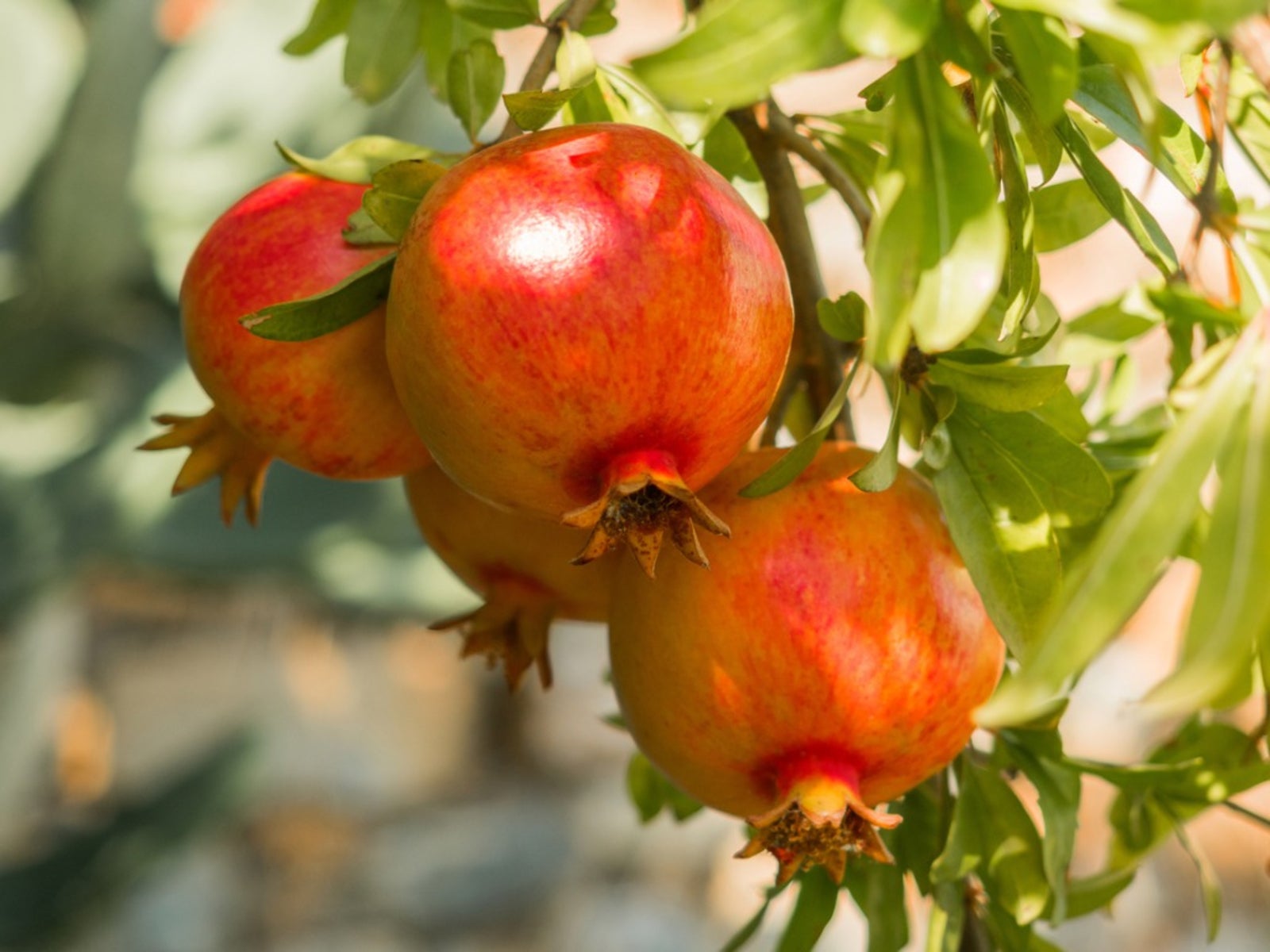
When I was in Turkey, pomegranate bushes were almost as common as orange trees in Florida and there was nothing more refreshing than delving into a freshly picked fruit. On occasion, however, there may be black seeds in the pomegranate fruit. What is the cause of pomegranates with black seeds, or rot inside?
What is Black Heart Disease?
The pomegranate (Punica granatum) is a deciduous, bushy shrub which will grow to between 10-12 feet (3-4 m.) tall and bears brightly colored fruit with a plethora of seeds inside of it. The bush can be trained or pruned into more of a tree shape as well. The limbs are thorny and punctuated with dark green, glossy leaves. Spring brings forth the brilliant orange-red blooms, which are either bell-shaped (female) or vase like (hermaphrodite) in appearance. The edible part of the fruit (aril) is composed of hundreds of seeds that are surrounded by juicy pulp containing a seed coat. There are several varieties of pomegranate and the aril juice can range in color from light pink to dark red, yellow, or even clear. Flavor of the juice varies as well from acidic to quite sweet. Usually the rind is leathery and red but can also be yellow or orange in hue. A rotting or blackened center in this fruit is referred to as black heart of pomegranate. So what is this black heart disease?
Help, My Pomegranate Has Heart Rot
The increasing popularity of pomegranates has directly increased commercial production. The incidence and economic blow of black heart disease has lead major growers to attempt to locate the source of the rot or black seeds in their pomegranates. When a pomegranate has heart rot, it is no longer saleable and the producer risks losing crop income. Black heart disease has no external symptoms; the fruit looks perfectly normal until one cuts it open. A significant number of tests have been performed to locate the cause of black heart in the hopes of finding some method of control. Finally, the fungus Alternaria was isolated as the major source of black heart disease. This fungus enters the blossom and then on into the resulting fruit. Some studies suggest that the blooms infected with the fungus give off its spores. These spores may then enter damaged fruit, those that have been punctured by the thorny branches or are otherwise cracked. Also, research seems to suggest that the disease afflicts more fruit when there is an abundance of rain during the blooming season. The infection process is not completely understood, and the type of Alternaria resulting in the infection is still being isolated. Long and short, there is no control for black heart disease. Removal of old fruit from the tree during pruning may aid in eliminating the potential source of the fungus.
Gardening tips, videos, info and more delivered right to your inbox!
Sign up for the Gardening Know How newsletter today and receive a free copy of our e-book "How to Grow Delicious Tomatoes".

Amy Grant has been gardening for 30 years and writing for 15. A professional chef and caterer, Amy's area of expertise is culinary gardening.
-
 Moody Blooms For Spring: 8 Types Of Black Flowers To Add Drama To Spring Displays
Moody Blooms For Spring: 8 Types Of Black Flowers To Add Drama To Spring DisplaysFrom midnight burgundies to inky violets, several types of black flowers can enrich and embolden a spring display. Try these brooding bloomers for a moody garden
By Tonya Barnett
-
 Can Snake Plants Live Outside? Everything You Need To Know For Snake Plants Al Fresco
Can Snake Plants Live Outside? Everything You Need To Know For Snake Plants Al FrescoSnake plants can live outside given the right conditions, but be careful that they don't take over! Learn the best way to use snake plants in your landscape.
By Mary Ellen Ellis
-
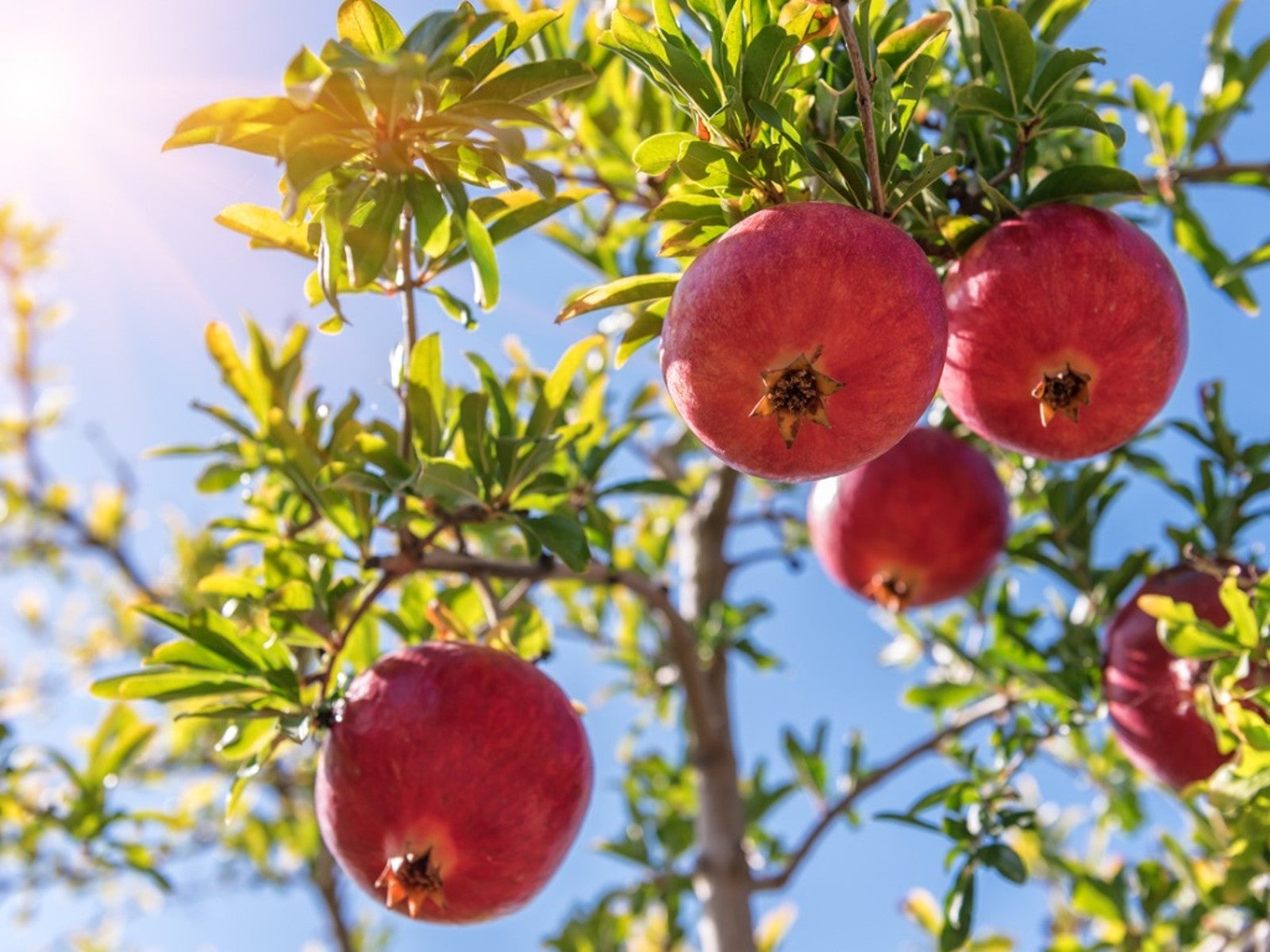 Replanting Container Grown Pomegranate – Tips On Transplanting Potted Pomegranates Outside
Replanting Container Grown Pomegranate – Tips On Transplanting Potted Pomegranates OutsideIt’s pretty easy to transplant a potted pomegranate outdoors. Click for more information on moving a potted pomegranate.
By Teo Spengler
-
 Picking Pomegranates – Learn About Harvesting Pomegranate Fruit
Picking Pomegranates – Learn About Harvesting Pomegranate FruitPomegranates have become so popular that many people in USDA zones 7-10 are trying their hand at growing and picking their own pomegranates. So how and when do you harvest pomegranates? Click this article to learn more.
By Amy Grant
-
 Yellowing Leaves On Pomegranate: Why Pomegranate Leaves Turn Yellow
Yellowing Leaves On Pomegranate: Why Pomegranate Leaves Turn YellowGrowing a pomegranate tree can be a rewarding experience filled with delicious fruits and beautiful juice, but growing these fruit trees isn't all paradise. If your plant is looking a little off, with yellowing leaves, click here to learn how to save it.
By Kristi Waterworth
-
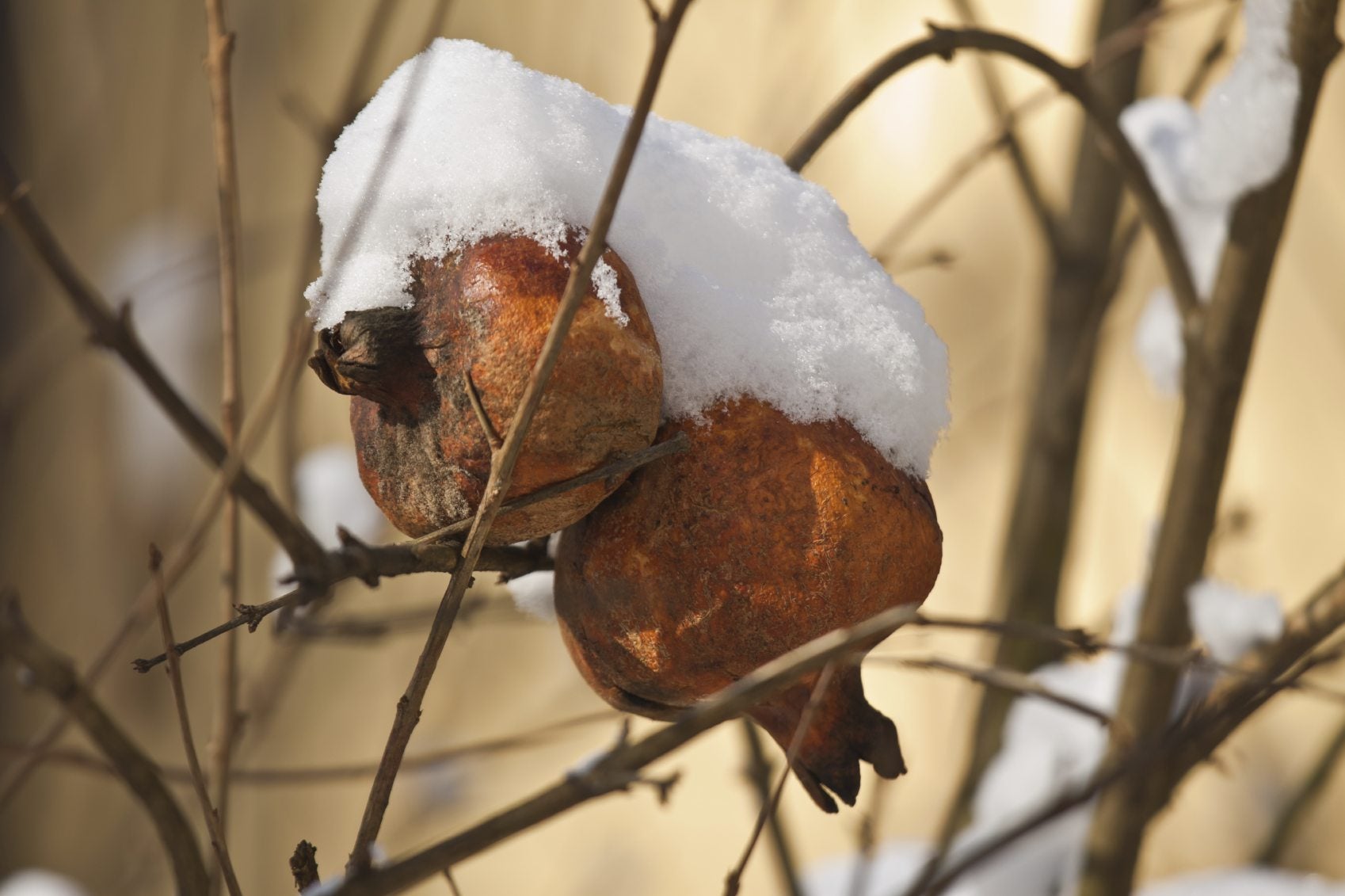 Pomegranate Winter Care: How To Care For Pomegranate Trees In Winter
Pomegranate Winter Care: How To Care For Pomegranate Trees In WinterPomegranates hail from the far eastern Mediterranean so as you may expect they appreciate plenty of sun and should be protected in the winter time. How do you go about overwintering pomegranate trees? Find out in this article.
By Amy Grant
-
 Pomegranate Tree Leaves Falling Off: Why Do Pomegranate Trees Lose Leaves
Pomegranate Tree Leaves Falling Off: Why Do Pomegranate Trees Lose LeavesPomegranates are typically grown for their fleshy, sweet-tart edible fruits. That being said, pomegranate leaf loss can be a frustrating problem for many gardeners. Click on the article that follows to learn why this happens.
By Karen Boness
-
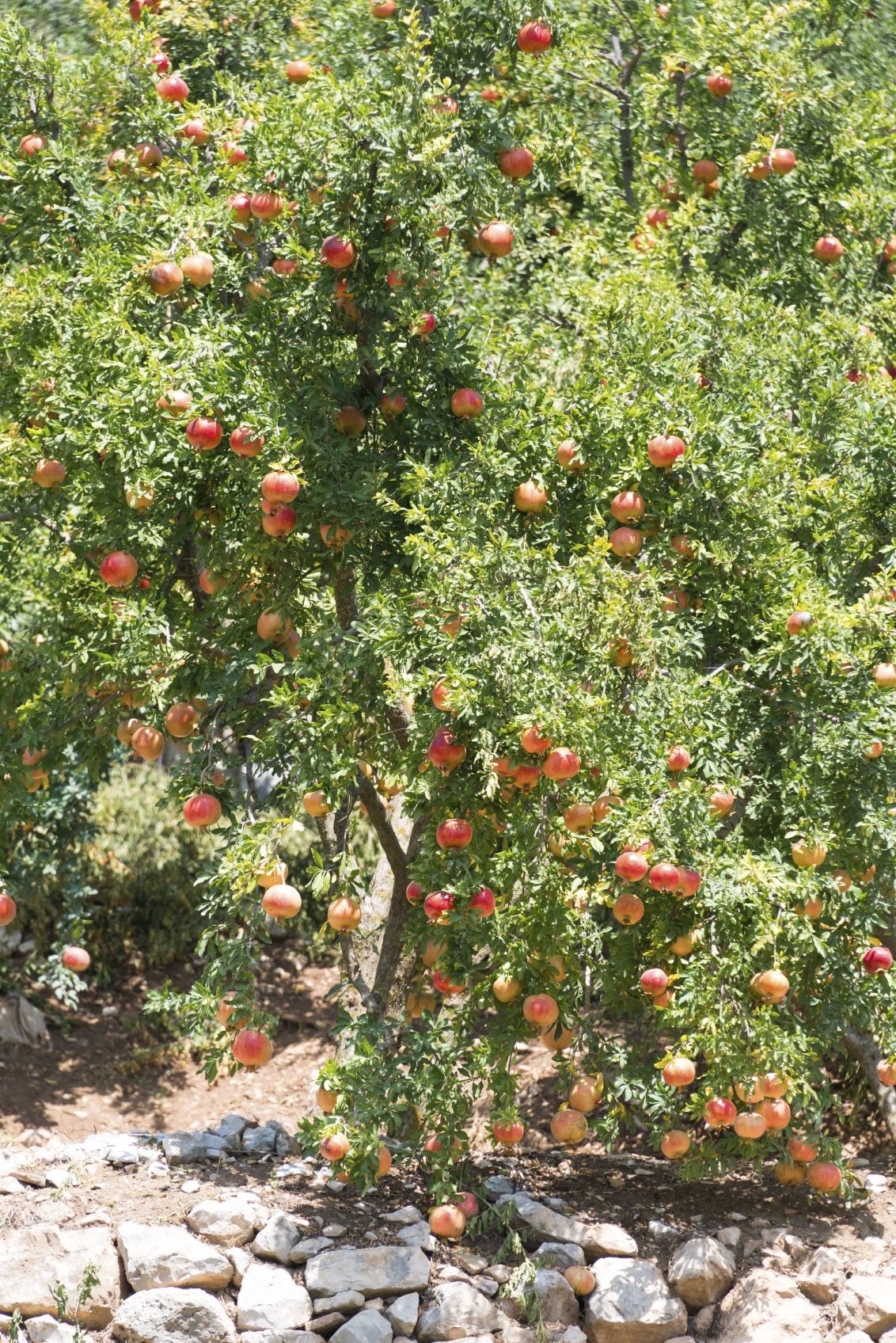 Pomegranate Tree Pruning – Learn About The Cutting Of Pomegranates
Pomegranate Tree Pruning – Learn About The Cutting Of PomegranatesIt is important to prune pomegranate trees properly if you want to increase fruit production and maintain an attractive form. Unfortunately, these two goals are in conflict. Learn more about pruning pomegranates in this article.
By Karen Boness
-
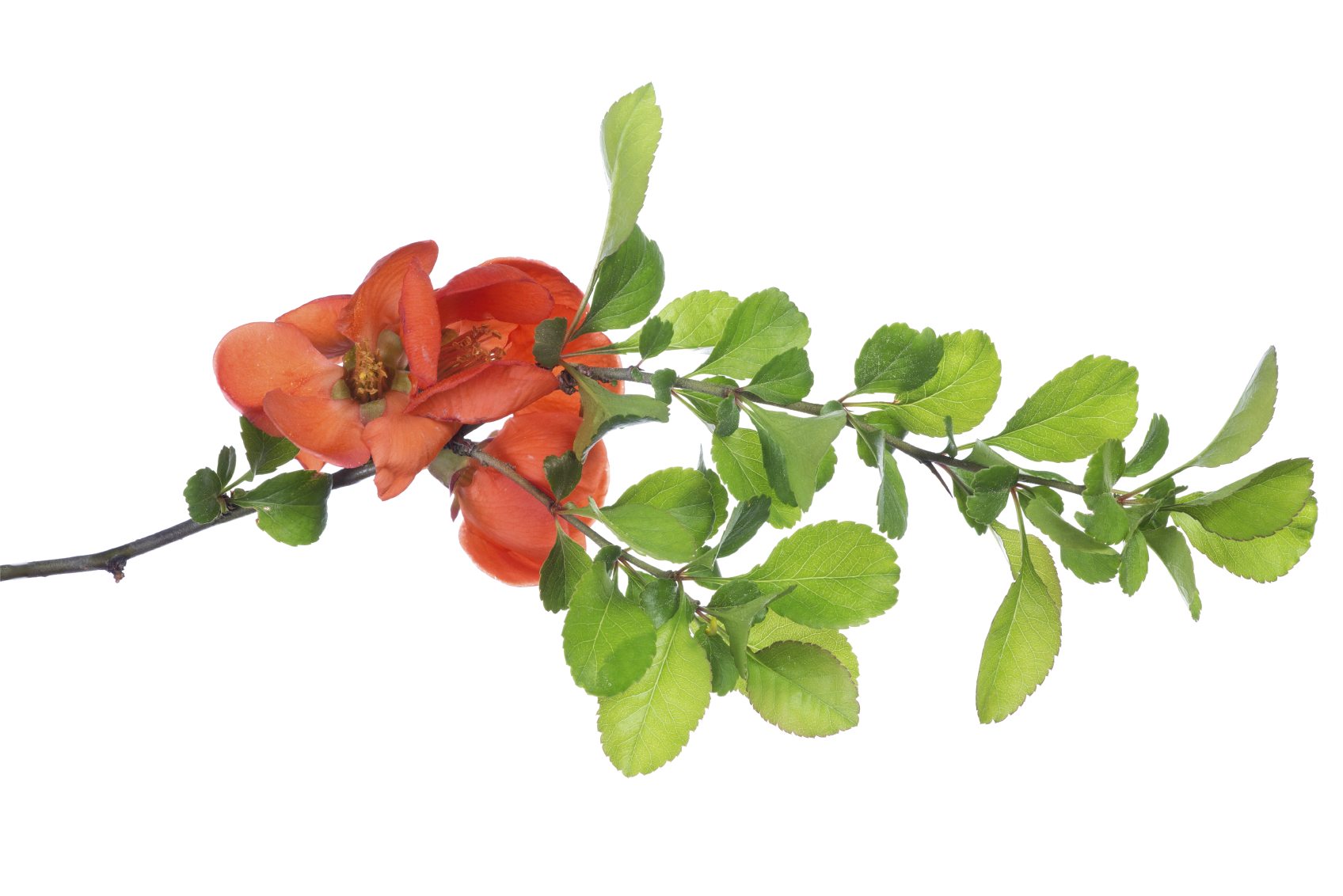 Propagating Pomegranate Trees: How To Root A Pomegranate Tree
Propagating Pomegranate Trees: How To Root A Pomegranate TreeGrowing a pomegranate tree from cuttings is cost-free and relatively easy. Find more information about how to root a pomegranate tree from pomegranate tree cuttings in the article that follows. Click here to learn about pomegranate propagation.
By Teo Spengler
-
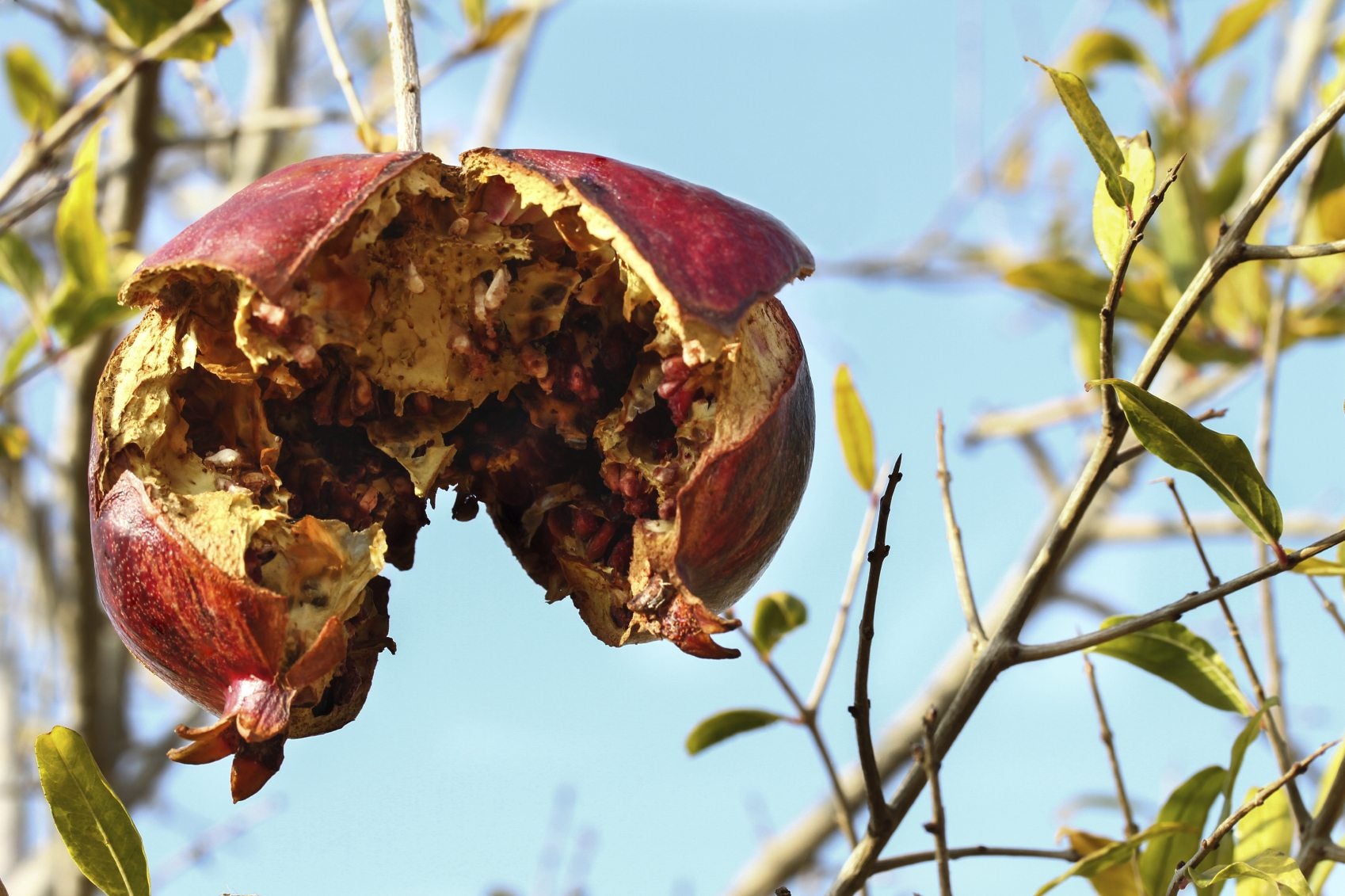 Problems Of Pomegranates: Learn About Diseases In Pomegranate
Problems Of Pomegranates: Learn About Diseases In PomegranatePomegranate fungal diseases are a common issue in plants grown in wet regions. Other diseases in pomegranate are rarer and not permanently damaging to the tree. Learn the problems of pomegranates in this article. Click here for more info.
By Jackie Carroll